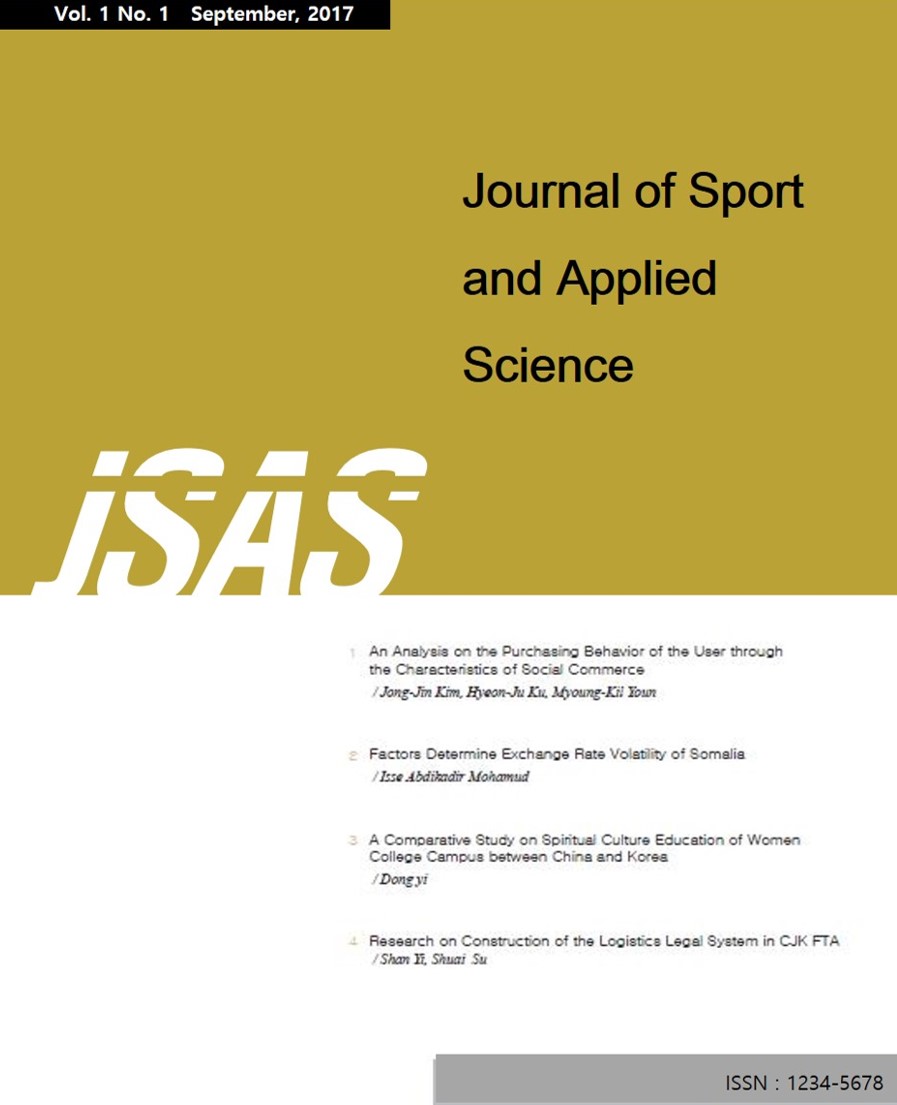 E-ISSN : 2586-6028
E-ISSN : 2586-6028
LEE, Dong Geun
MOON, Hwang Woon
Abstract
The purpose of this study is to investigate the effect of ICING recovery method after sports climbing to blood lactate concentration and heart rate. The subjects were 12 male 20s undergraduate students (ICING group of 6, Control group of 6). Blood lactate concentration and heart rate were measured before climbing, after climbing, 5-minute recovery and 10minute recovery. Heart rate were also measured during the climbing. The subjects performed climbing 3 times. Data were analysed by SPSS 20.0. To compare blood lactate concentration and heart rate among groups, the independent samples t-test was employed using an alpha level of .05. Mean and standard deviations were computed. Results show that there is no significant difference between the icing group and non-icing group. Yet, the differences of blood lactate concentration were observed between groups. Blood lactate concentration of icing group was significantly higher than non-icing group in the condition of 1st climbing. Blood lactate concentration of non-icing group was significantly higher than icing group in 2nd 10-minute recovery. ICING recovery method is shown to be not significantly effective to blood lactate concentration and heart rate. This could be comprehended that long-term high-intensity (70% of 1RM) exercise can be prepared for the further research.
- keywords
- Icing, Lactate, Heart Rate, Climbing
- Downloaded
- Viewed
- 0KCI Citations
- 0WOS Citations













